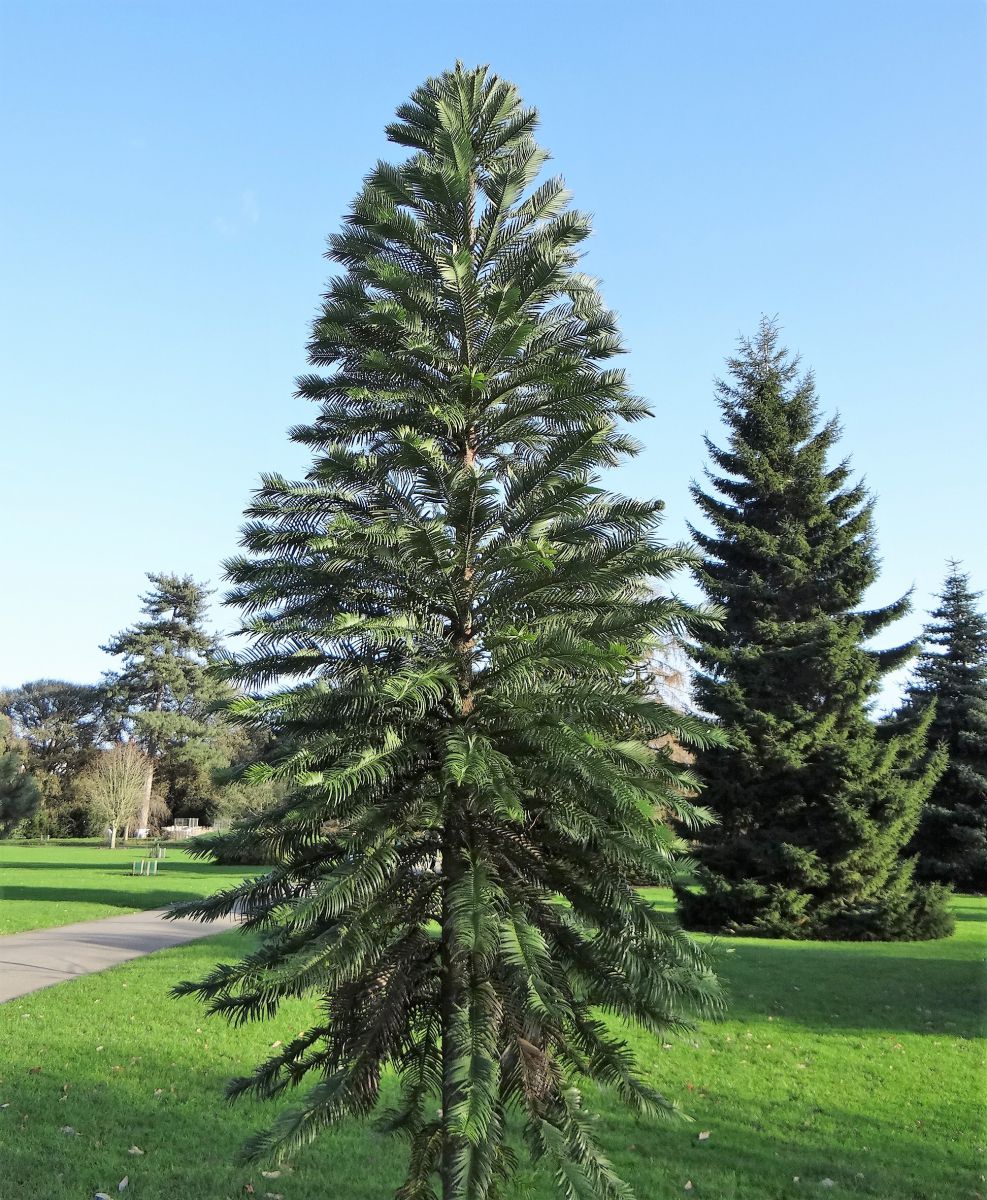This is announced by the International Union for Conservation of Nature (IUCN)
on the homepage of the "IUCN Red List".

You who regularly visit arboretum, botanical gardens and some private gardens, you have certainly already spotted this LOGO next to labels of some trees.
IUCN is worried about the health of our planet and is taking stock of the species that populate it. It counts no less than 26,500 species concerned by a near extinction, all reigns confused.
WHAT ABOUT CONIFERS?
As Conifers lovers, we plunged our noses into these lists and come out shocked.
34% of conifer species are threatened.
As the scientific community warns, we are experiencing the 6th great mass extinction that the earth knows. Some will say, the 6th, so it's not new. the 5th took place during the last ice age, what can we do?
Well, exactly! This last extinction has the particularity, to be the first due to the human activities themselves, and the resulting global warming.
It is time to be involved, isn't it?
In its statistical banner, the IUCN announces the percentages relating to the animal world, mainly. Only conifers are representatives of the plant world. These are obviously not the only ones, but why are they so significant?
![]()
Victims of their bad reputation, they suffer from negligence on the part of men. In addition, with their evergreen foliage, they find more difficulties to withstand climate change. They love their little habits and cold, rainy, snowy periods are very often vital to them. Of all the vegetal kingdom, they are undoubtedly the most fragile face to the changes which are announced. During the last ice age, their elimination had already been drastic.
The interest of persistent foliage
If we observe the plant world, in a very global way, we can distinguish two groups of evergreen plants:
- Tropical plants. They do not know the temperate climate, the big variations of temperature, and know vegetative cycles at any time of the year. They are mainly confined to the vicinity of the equator. They are generous, vigorous and contribute massively to providing oxygen to the living world in need. And they do it all year, what a gift!
- Some plants of temperate climates such as conifers and some rhodos, cherry laurels, andromed. All these plants should be pampered in our temperate regions, because they are the only ones that bring us oxygen in winter.
In addition to producing oxygen, plants clean the air, filter the water, prevent erosion, sweat and activate the rain, so we are away from drought, and protects us from many other things. They provide shelter and food for many insects, birds and mammals.
Preserving evergreen plants in temperate regions is really important. They balance our polluting, stifling human productions in the winter; while the deciduous species are dormant.
So please, this is our real prayer:
Stop cutting your conifers,
Maybe plant some with a more reasonable size, at sensible places so that they do not overly darken your environment.
IUCN RED LIST - Categories
The red list has several categories of urgency:
- LC: Least Concern
- NT: Near Threatened
- VU: Vulnerable. These species present a great risk of extinction
- EN: Endangered. These species present a very high risk of extinction
- CR: Critically Endangered. These species are almost extinct
- EW: Extinct in the Wild. These plants no longer exist in the natural state, but also in the conservatories, botanical gardens and arboretum
- EX: Extinct
WHICH ARE THE CONIFERS CONCERNED?
Here we present the three categories more involved: VU, EN and CR.
There is something to be astonished at times. You will no longer look at the neighbour Atlas Cedar of the same eye, or Araucaria araucana or Ginkgo biloba.
Since the red list exists, created in 1964, there is still no species of conifers that has completely extinguished in nature or completely on the surface of the earth; or none that has been listed, but that does not reassure us.
▼ populations always decreasing
◄► stable populations
▲ growing populations
? information not available
VU: Vulnerable - THESE SPECIES HAVE A HIGH RISK OF EXTINCTION
Abies Squamata ▼ ( Kalmthout Arboretum - Belgium)
(1).JPG)
Abies fabri ▼
Abies hidalgensis ?
Abies recurvata ▼
Afrocarpus mannii ◄►
Agathis flavescens ◄►
Agathis lanceolata ▼
Agathis lenticulata ▼
Agathis dammara ▼ (Puerto de la Cruz Botanic Garden -Tenerife/Spain)
.JPG)
Agathis moorei ▼
Amentotaxus formosana ◄►
Amentotaxus yunnanensis ▼
Amentotaxus poilanei ◄►
Araucaria bernieri ▼
Araucaria biramulata ▼
Araucaria montana ▼
Arauvaria schmidii ◄►
Araucaria heterophylla ▲ (Puerto de la Cruz Botanic Garden -Tenerife/Spain)
.JPG)
Athrotaxis cupressoides ▼
Athrotaxis selaginoides ▼
Callitris monticola ▼
Callitris oblonga ▼
Cathaya argyrophylla ◄►
Cedrus libani ▼ (Lyon Botanic Parc - France)
Cephalotaxus mannii ▼
Cephalotaxus oliveri ▼
Cupressus macrocarpa◄►
Cupressus bakeri ▼
Cupressus chengiana ▼
Cupressus sargentii ▼ (Botanical Gardens Pinetum Blijdenstein in Hilversum -The Netherlands)
Dacrycarpus leptophyllum ◄►
Dacrydium medium ▼
Dacrydium leptophyllum ◄►
Gnetum globosum ▼
Gnetum contractum ▼
Gnetum acutum ▼
Juniperus brevifolia ▼
Juniperus barbadensis ▼
Juniperus Tibetica ▼
Juniperus angosturana ▼
Nageia motleyi ▼
Parasitaxus usta ▼
Picea asperata ▼ (Meise Botanic Garden - Belgium)
Picea brachytyla ?
Picea breweriana ▼ (Les jardins du Florilège in Bastogne - Belgium)
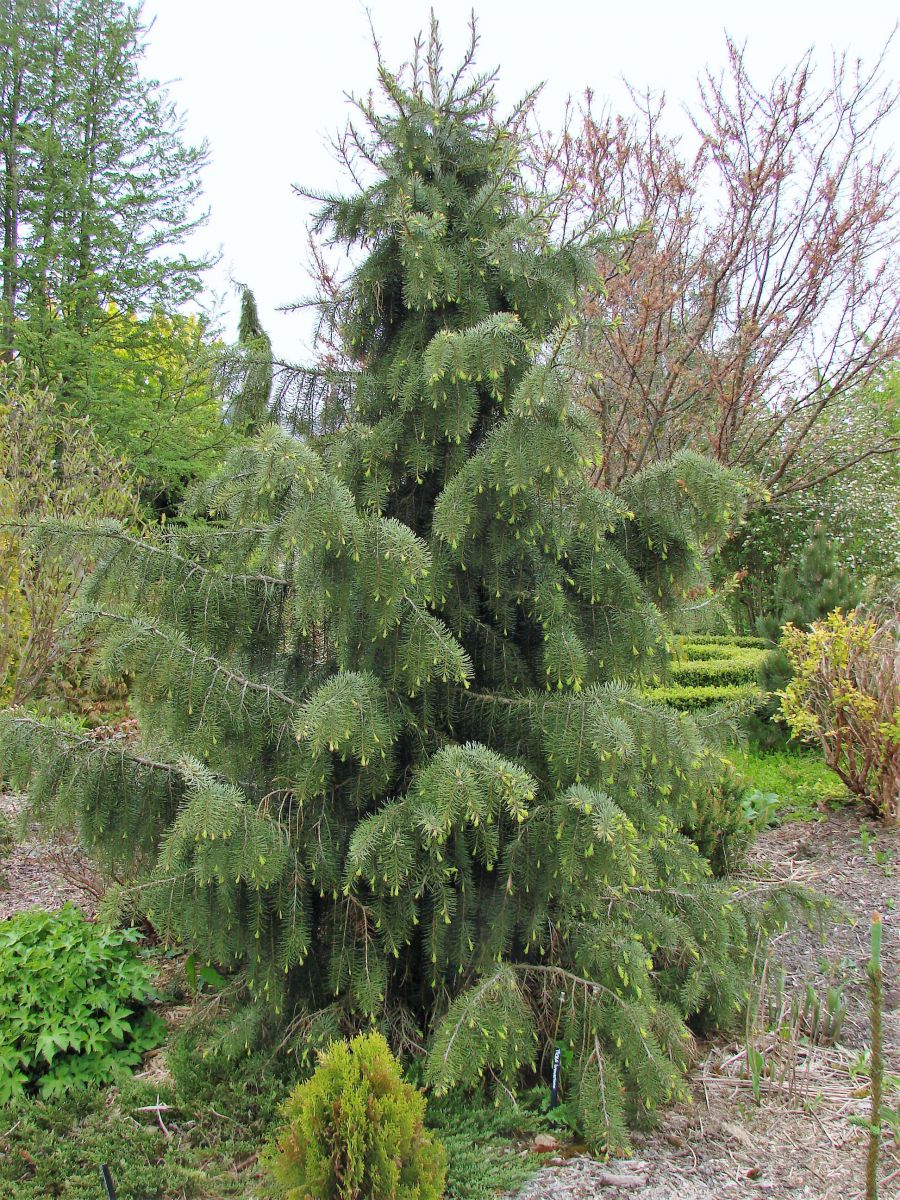
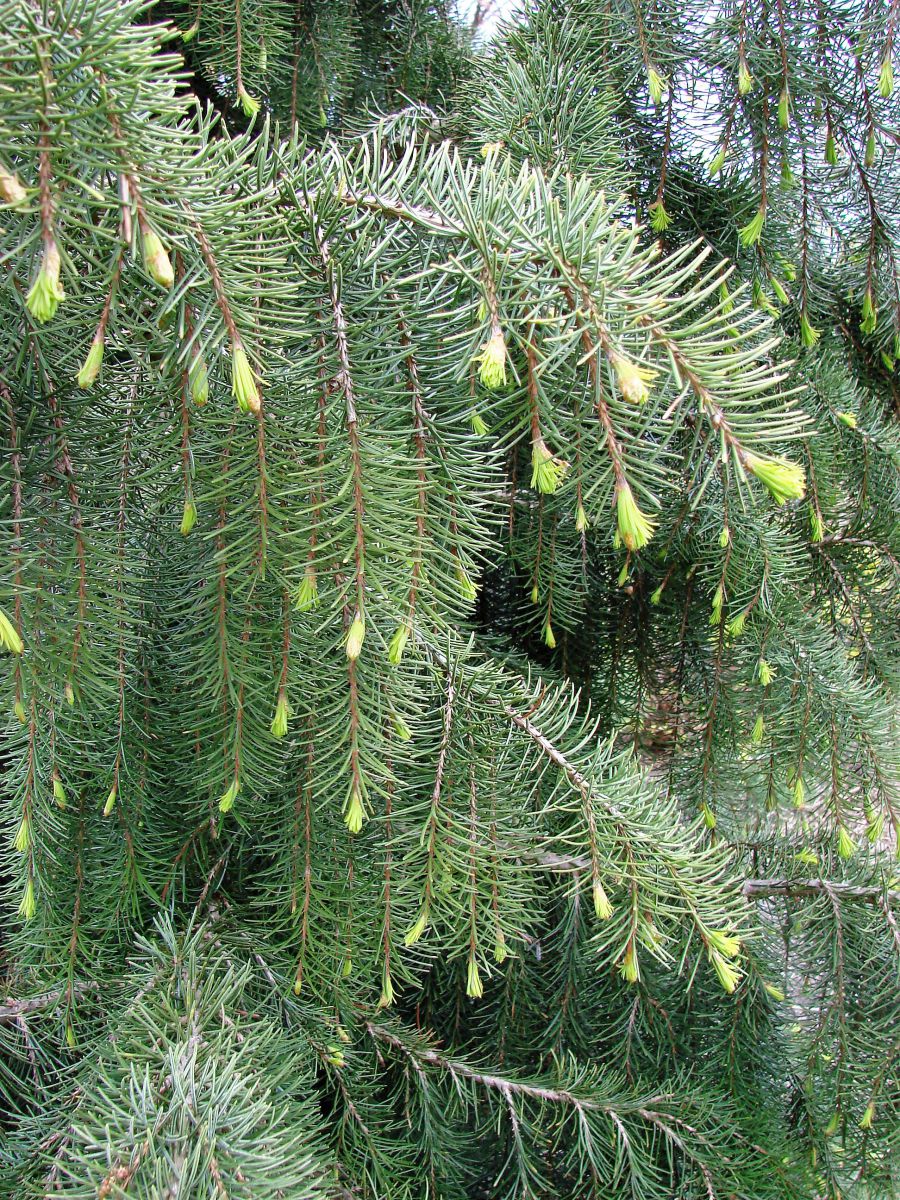
Picea farreri ?
Picea likiangensis ?
Picea morrisonicola ◄►
Picea torano ▼
Pinus gregii ▼
Pinus krempfi ▼
Pinus merkusii ▼
Pinus muricata ?
Pinus rzedowskii ◄►
Pinus tecunumanii ▼
Pinus tropicalis ▼
Podocarpus angustifolius ▼
Podocarpus archiboldii ?
Podocarpus fasciculus ?
Podocarpus gibbsiae ◄►
Podocarpus lophatus ?
Podocarpus matudae ▼
Podocarpus pallidus ?
Podocarpus polystachyus ▼
Podocarpus ridleyi ▼
Podocarpus rusbyi ▼
Podocarpus salignus ▼ (Savill Garden in Windsor - England)
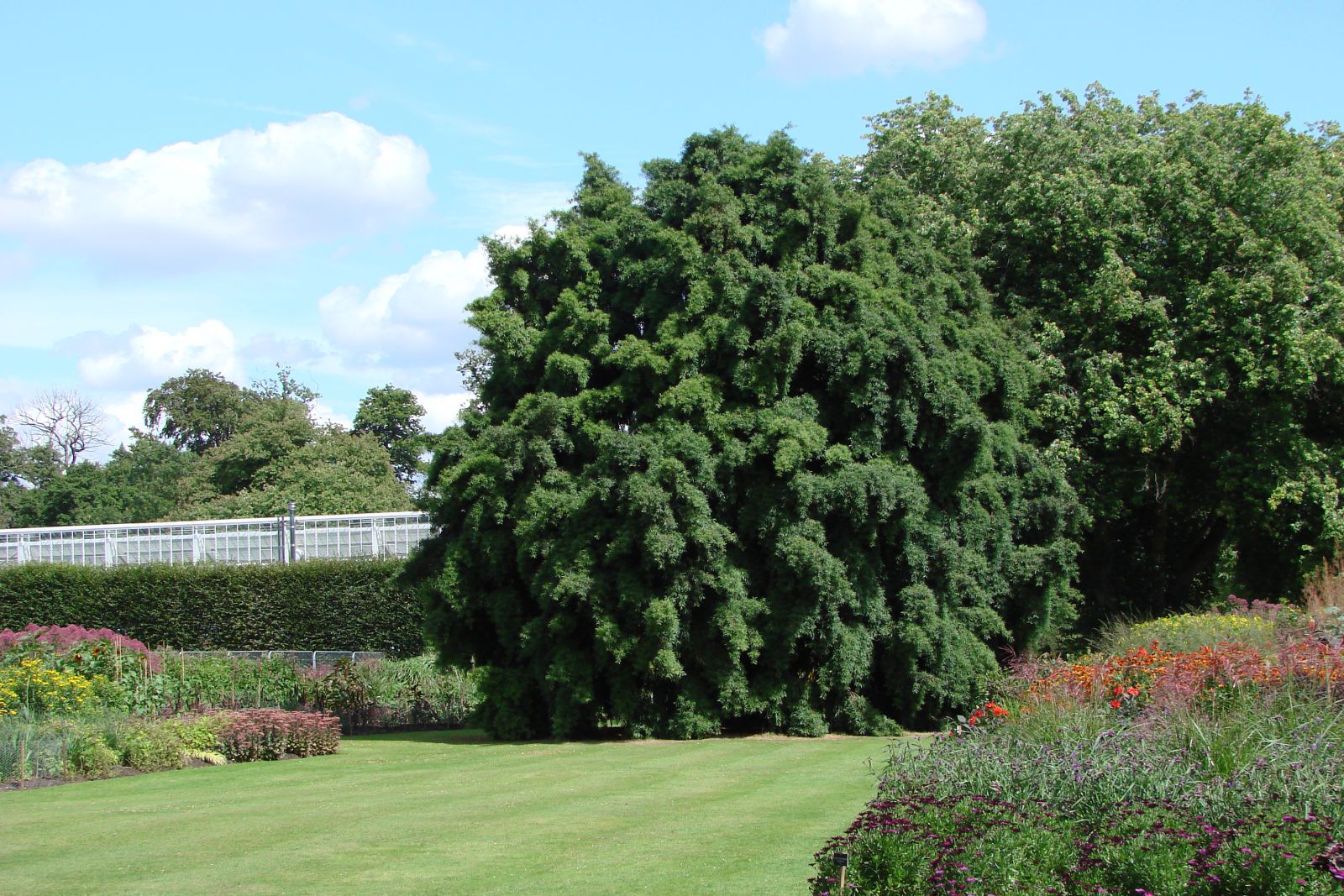
Prumnopitys andina ▼
Prumnopitys ladei◄►
Prumnopitys montana ▼
Pseudolarix amabilis ▼
Pseudotaxus chienii ▼
Taiwania cryptomerioides▼ (Lucca Botanic Garden - Italy)
.jpg)
.jpg)
Taxus mairei ▼
Thuja koraiensis ▼
Torreya californica ?
Torreya fargesi ▼
Tsuga forrestii ?
EN: Endangered - THESE SPECIES HAVE A VERY HIGH RISK OF EXTINCTION
Abies koreana - Sapin de Corée ▼ (Les jardins du Florilège in Bastogne - Belgium)
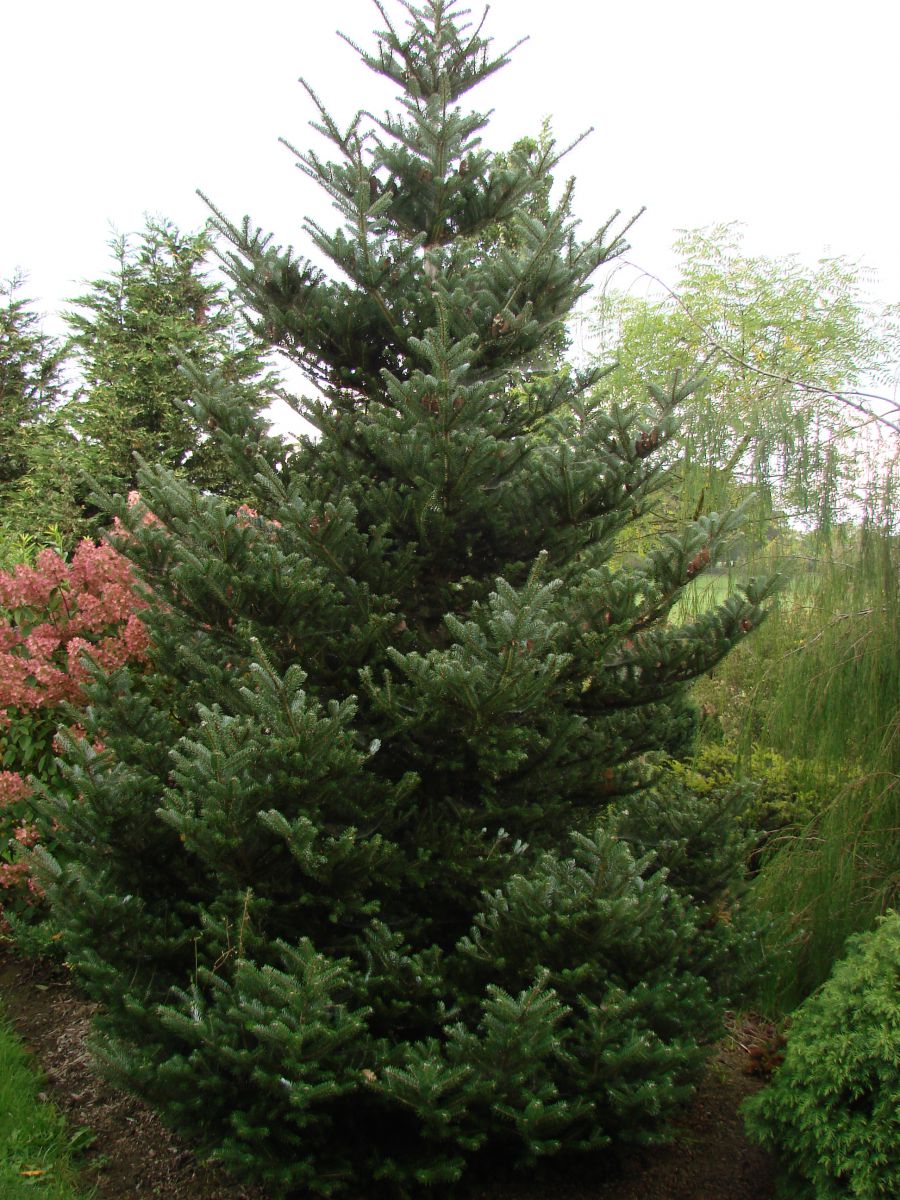
Abies pinsapo - Sapin d'Espagne ▼ (Kew Royal Botanic gardens in Londres - England)
Abies guatemalensis ▼
Abies fraseri ▼ (Jardin botanique de Benmoor - Ecosse)
.JPG)
Abies fanjingshanensis ▼
Abies hickelii ▼
Abies ziyuanensis ▼
Afrocarpus usambarensis ▼
Agathis ovata ▼
Agathis kinabaluensis ▼
Agathis macrophylla ▼
Agathis orbicula ▼
Agathis borneensis ▼
Amentotaxus assamica ▼
Araucaria araucana ▼ (Glasgow Botanic Garden - Scotland)
Araucaria luxurians ▼
Araucaria rueli ▼
Araucaria scopulorum ▼
Araucaria humboldtensis ▼
Araucaria muelleri ▼
Araucaria goroensis ◄►
Athrotaxis laxifolia ▼
Callitris sulcata ▼
Calocedrus rupestris ▼
Calocedrus formosana ▼ (Private Garden Etang de Launay in Varengeville-sur-Mer - France)
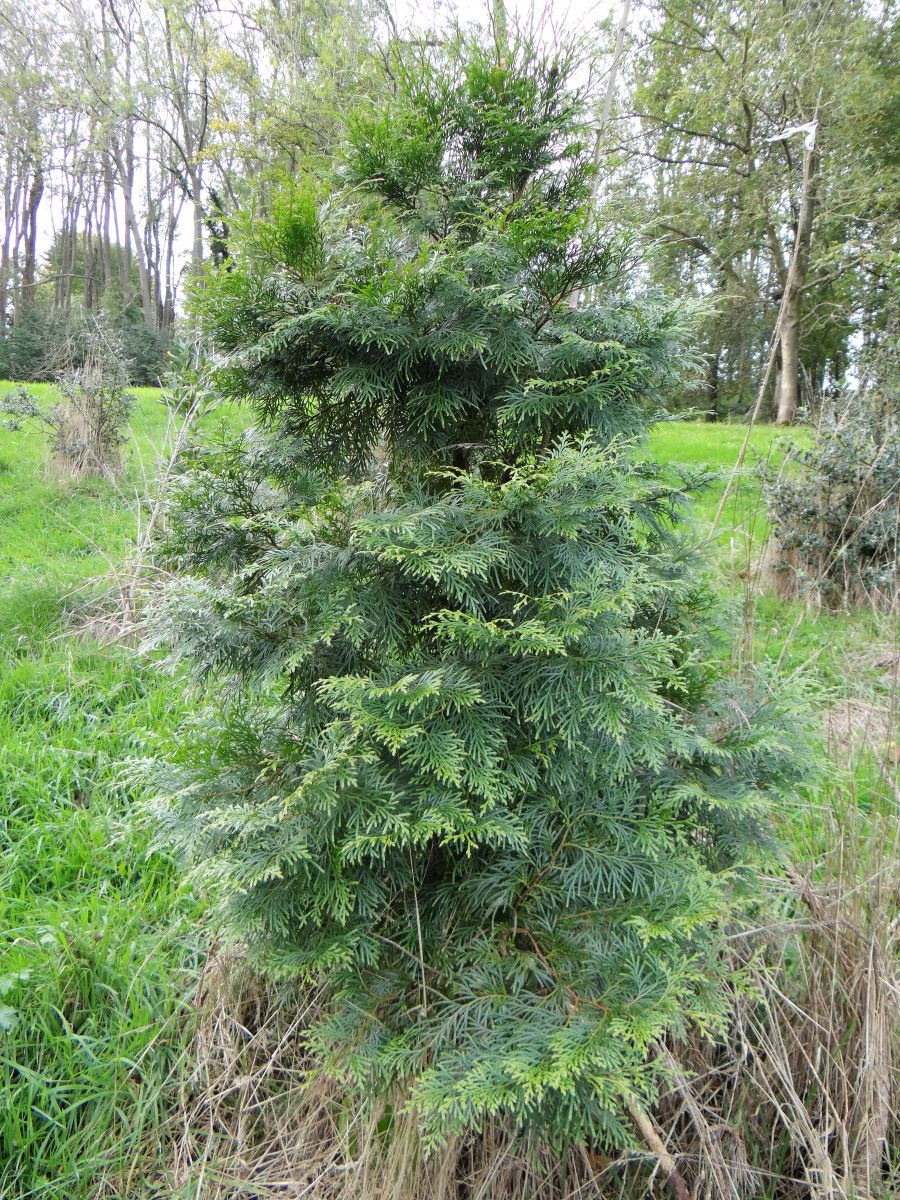
Cedrus atlantica ▼ (Kew Royal Botanic gardens in Londres - England)
Cephalotaxus hainanensis ▼
Cephalotaxus lanceolata ▼
Chamaecyparis formosensis ?
Cunninghamia konishii ▼
Cupressus dupreziana ▼
Cupressus guadalupensis ▼
Cupressus goveniana ▼
Dacrydium nausoriense ▼
Dacrydium comosum ▼
Dacrydium pectinatum ▼
Falcatifolium angustum ▼
Fitzroya cupressoides ▼
Ginkgo biloba ? (Beesbetz - Belgium)
Gnetum oxycarpum ▼
Juniperus comitana ▼
Juniperus cedrus ▼
Juniperus standleyi ▼
Juniperus camboana ▼
Juniperus gracilior ▼
Larix mastersiana ▼
Libocedrus yateensis ▼
Metasequoia glyptostroboides ▼ (Meise Botanic Garden - Belgium)
.JPG)
Nageia maxima ▼
Neocallitropsis pancheri ▼
Picea aurantiaca ▼
Picea chihuahuana ▼
Picea martinezii ▼
Picea maximowiczii ▼
Picea omorika ▼ (CR12 - Grand Duchy of Luxemburg)
.JPG)
Picea retroflexa ▼
Pinus albicaulis ▼
Pinus amamiana ▼
Pinus culminicolas ▼
Pinus maximartinezii ▼
Pinus nelsonii ▼
Pinus occidentalis ▼
Pinus palustris ▼
Pinus radiata ▼ (Stone Lane Garden Nursery in Newton Abbot - England)
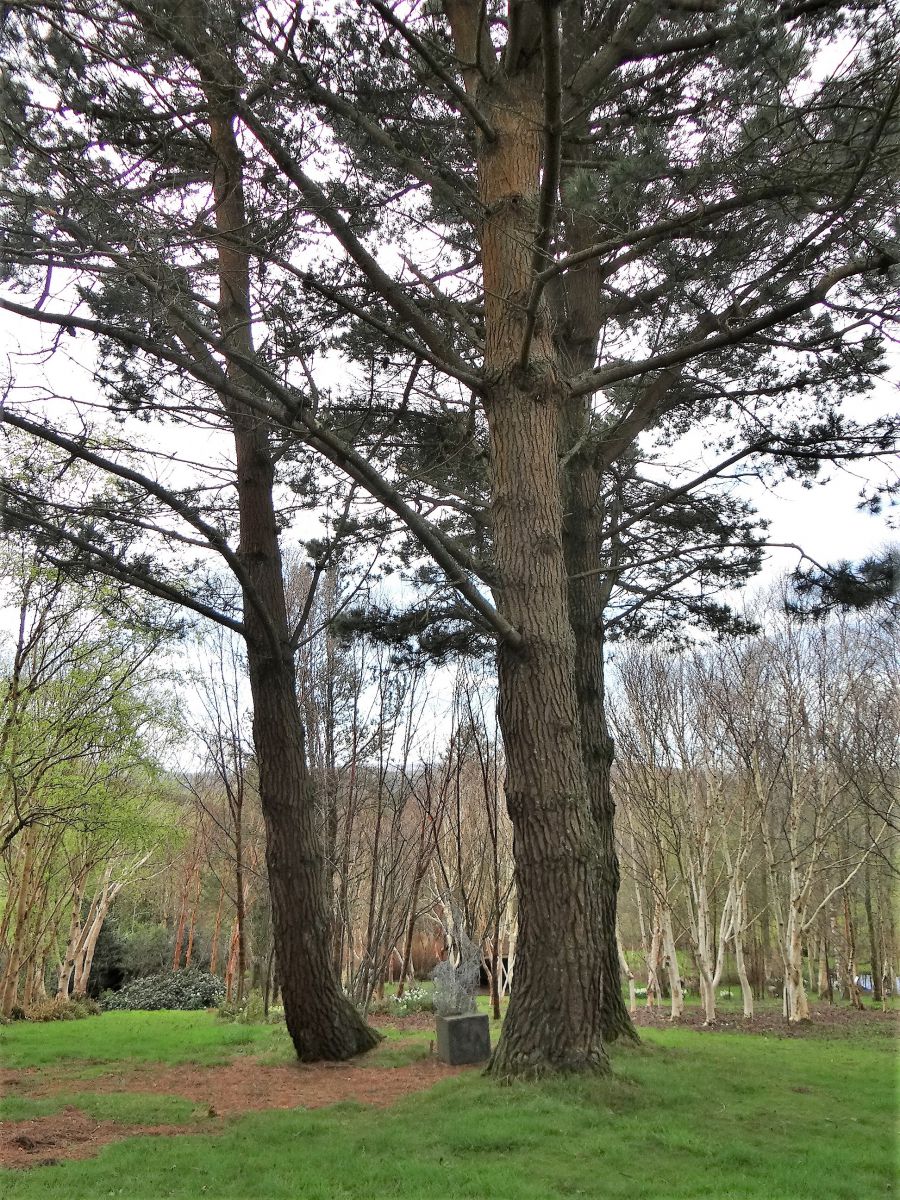
Pinus wangii ▼
Podocarpus capuronii ▼
Podocarpus confertus ▼
Podocarpus costalis ▼
Podocarpus globulus ▼
Podocarpus henkelii ▼
Podocarpus hispaniolensis ▼
Podocarpus humbertii ▼
Podocarpus laubenfelsii ▼
Podocarpus longefoliolatus
Podocarpus macrocarpus ▼
Podocarpus nakaii ▼
Podocarpus pendulifolius ▼
Podocarpus polyspermus ▼
Podocarpus purdieanus ▼
Podocarpus rostratus ▼
Podocarpus transiens ▼
Podocarpus sellowii ▼
Podocarpus sprucei ▼
Prumnopitys standleyi ▼
Sequoia sempervirens ▼
Sequoiadendron giganteum ▼
Taxus contorta ▼
Taxus wallichiana ▼ (Meise Botanic Garden - Belgium)
Taxus chinensis ▼
Taxus globosa ▼
Thuja sutchuenensis ▲
Xanthocyparis vietnamensis ▼
CR: Critically Endangered - These species are almost extinct
Abies numidica ▼ (Wakehurst Place Kew Gardens in Ardingly - England)
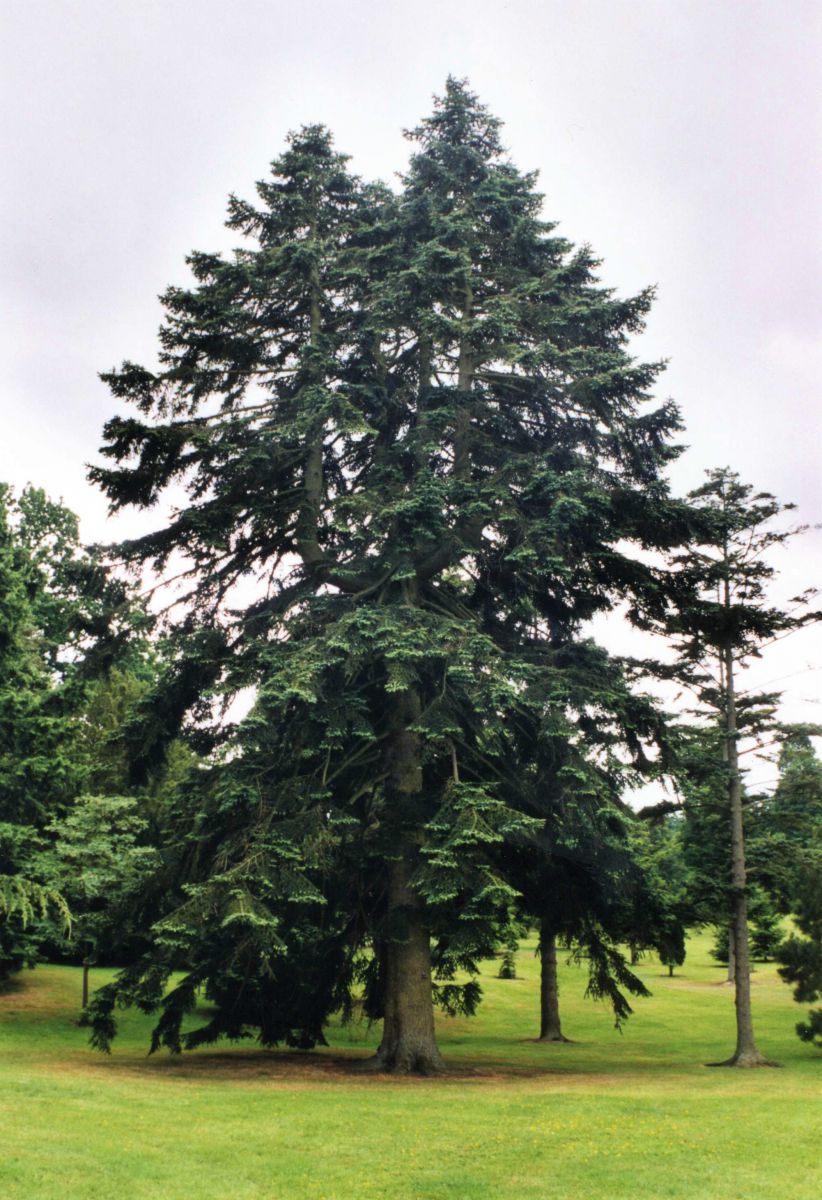
Abies yuanbaoshanensis ▼
Abies beshanzuensis ▼
Acmopyle sahniana ?
Agathis montana ▼
Araucaria nemorosa ▼
Araucaria angustifolia ▼ (Lyon Botanic Parc - France)
Dacrydium guillauminii ▼
Glyptostrobus pensilis ▼
Juniperus saxicola ▼
Juniperus bermudiana ▲
Libocedrus chevalieri ?
Pherosphaera fitzgeraldii ?
Pinus cernua ?
Pinus squamata ?
Podocarpus costaricensis ?
Podocarpus decumbens ◄►
Podocarpus palawanensis ▼
Podocarpus urbanii ▼
Taxus floridana ▼
Torreya jackii ▼
Torreya taxifolia ▼ (Botanical Gardens Pinetum Blijdenstein in Hilversum - The Netherlands)
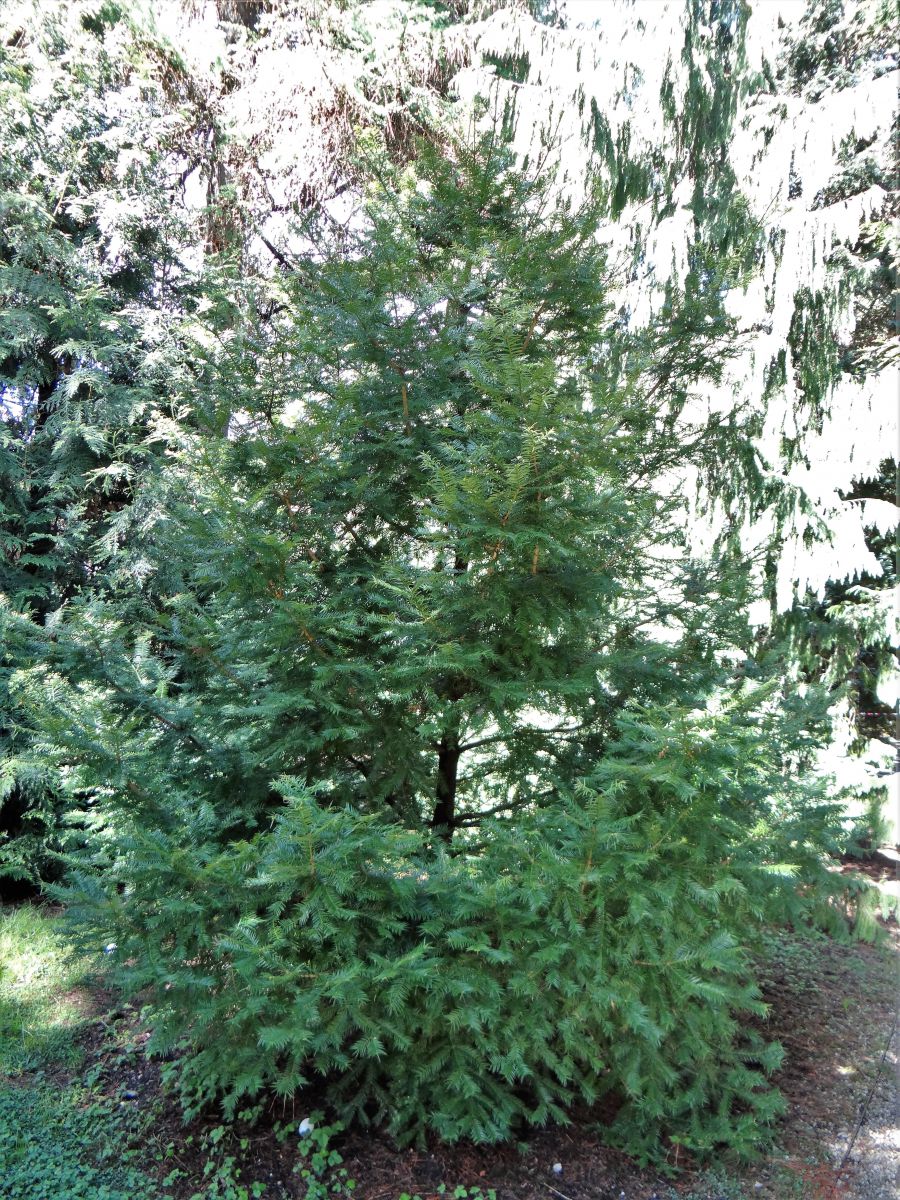
Widdringtonia cedarbergensis ▼
Widdringtonia whytei ▼
Wollemia nobilis ? (Kew Royal Botanic gardens in Londres - England)
Take care of the planet, plant!
And plant varied!
Plant conifers!
Thanks.
.JPG)
(1).JPG)
.JPG)
.JPG)
.JPG)
.JPG)
.JPG)
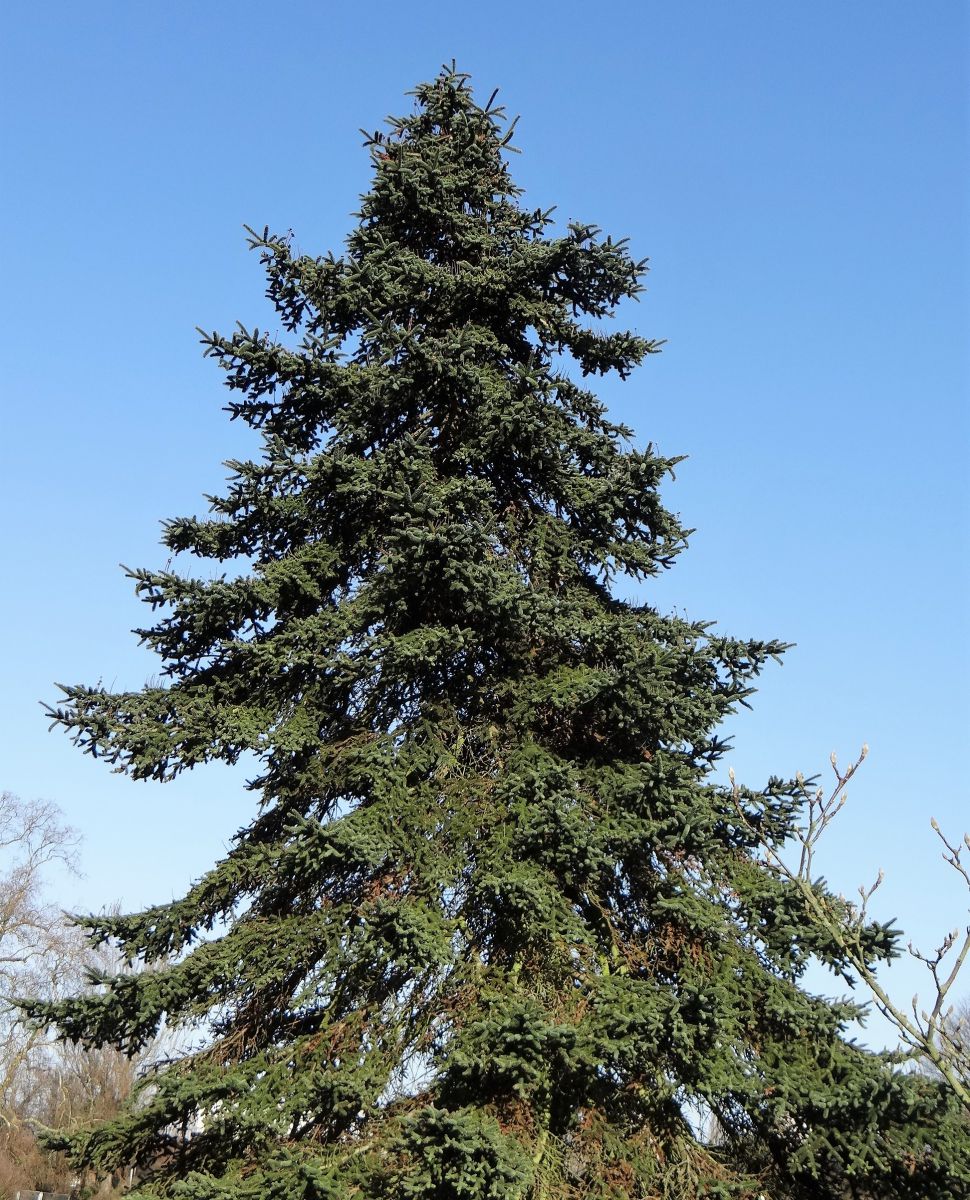
.JPG)
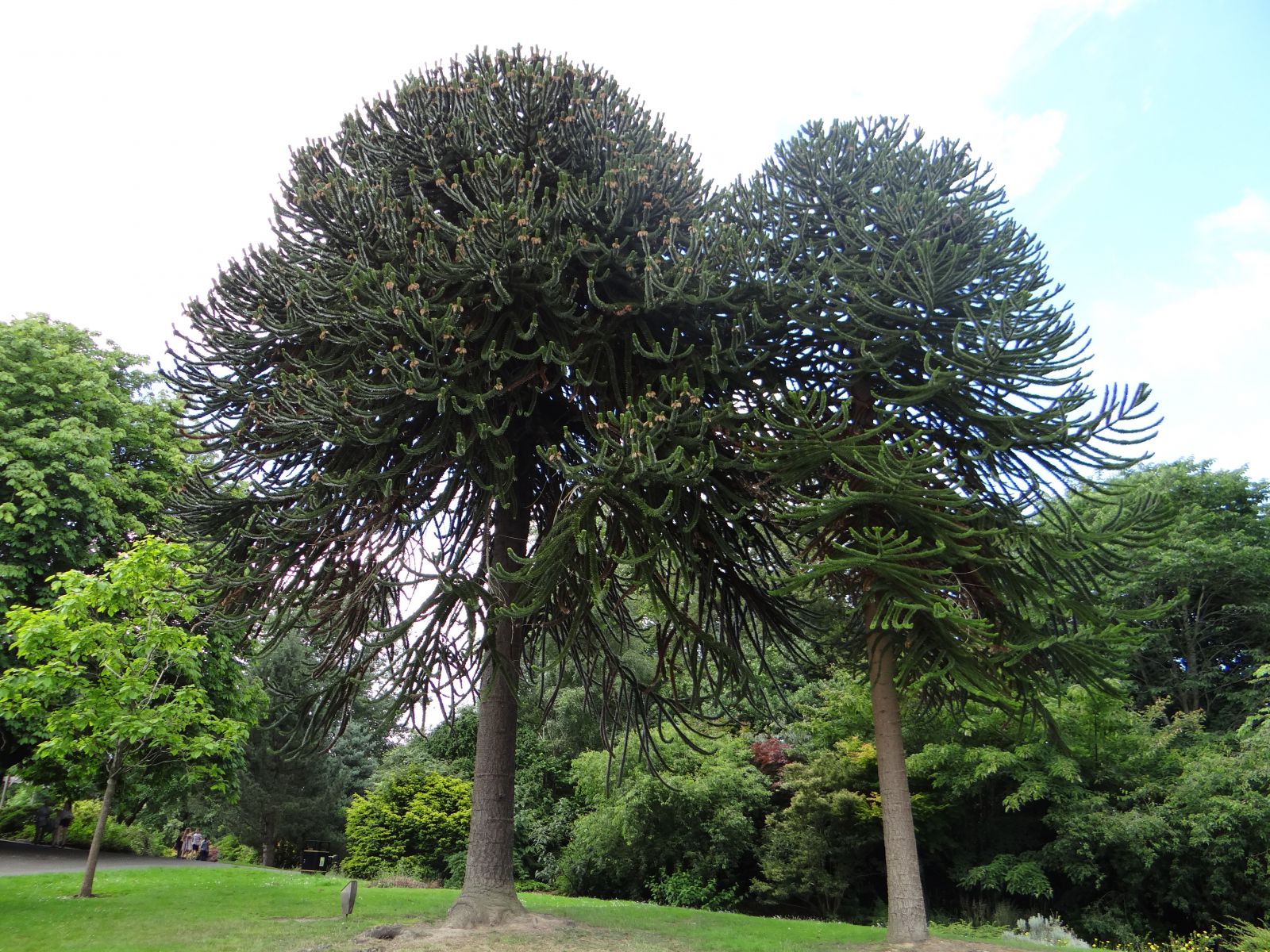
.JPG)
.JPG)
.JPG)
.JPG)
.JPG)
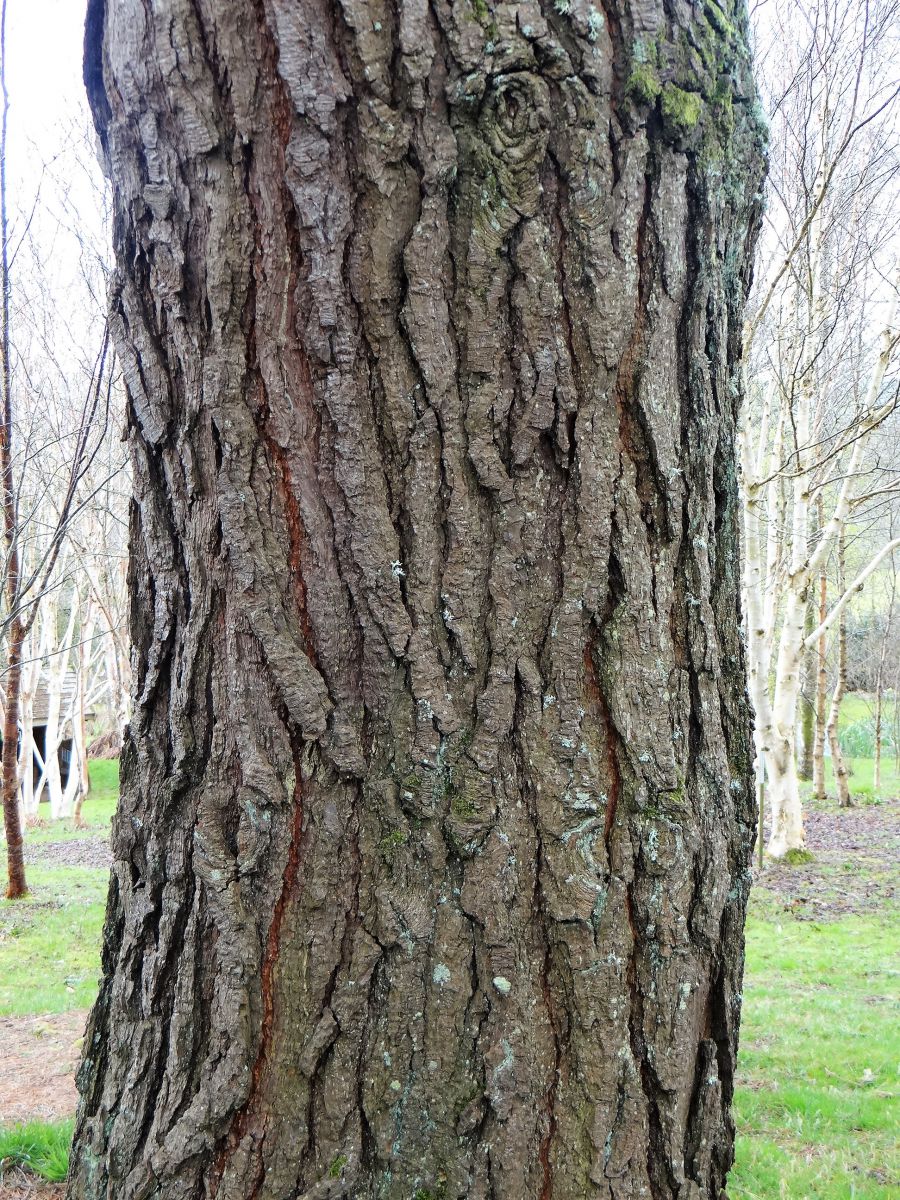
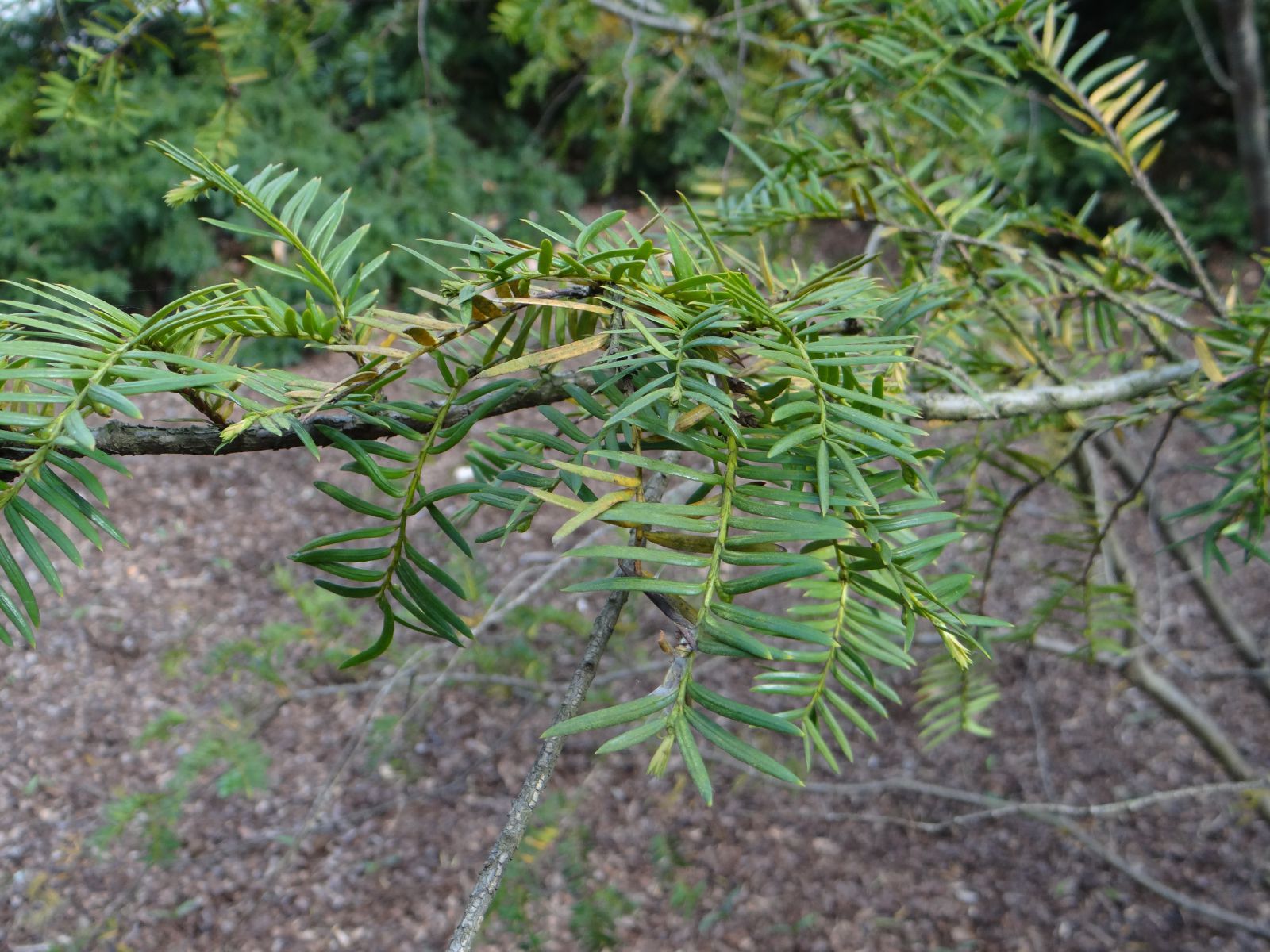
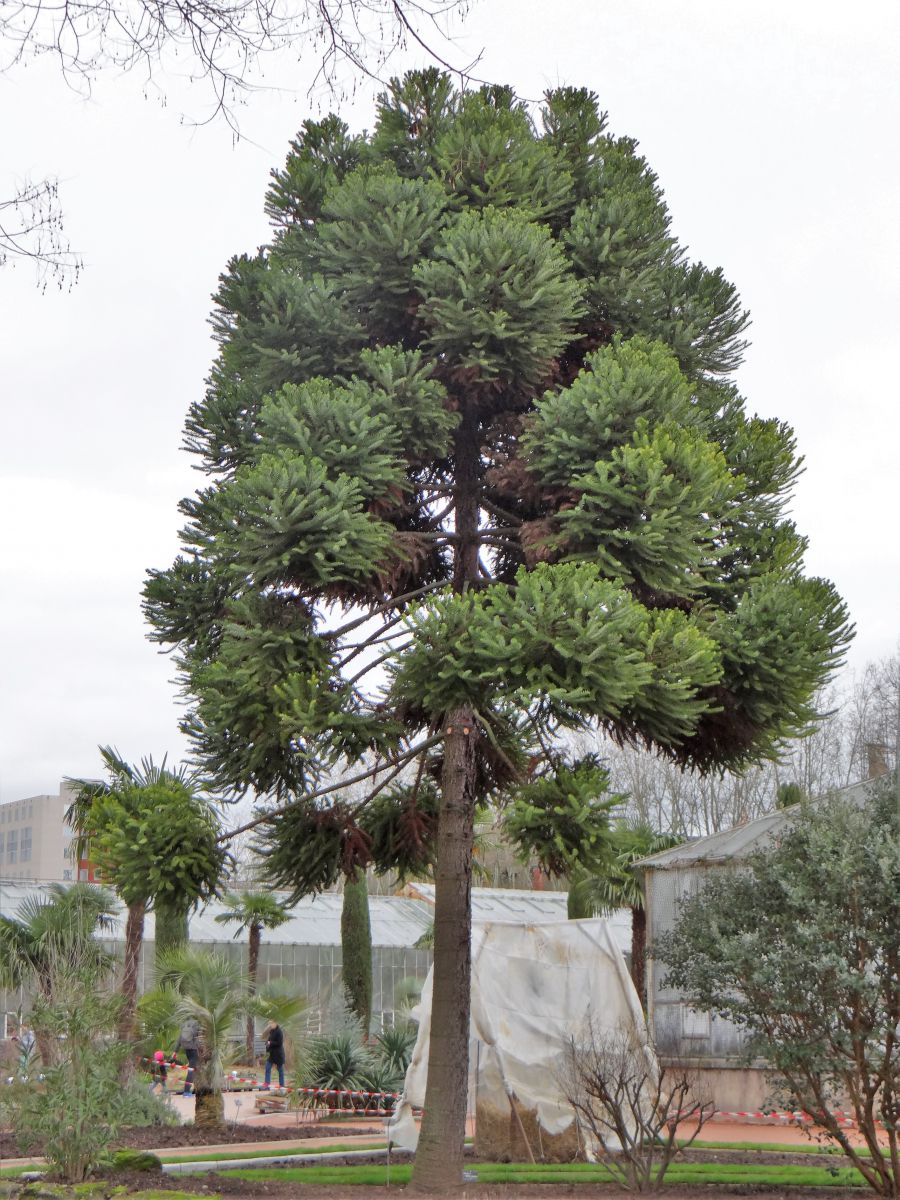
.JPG)
